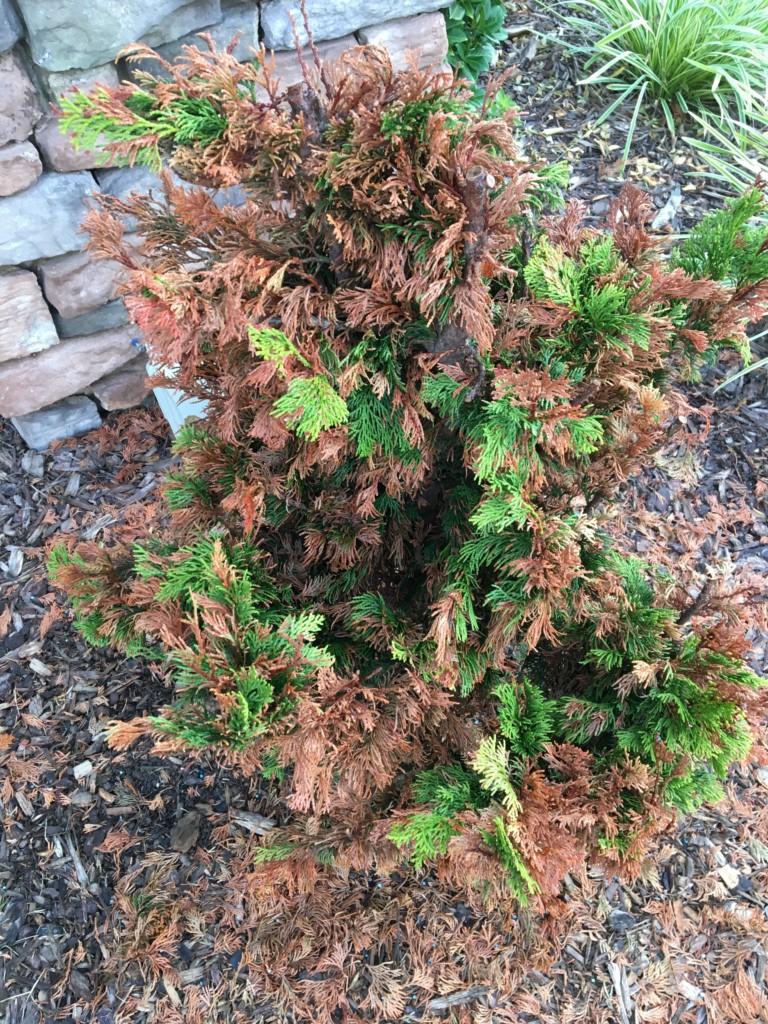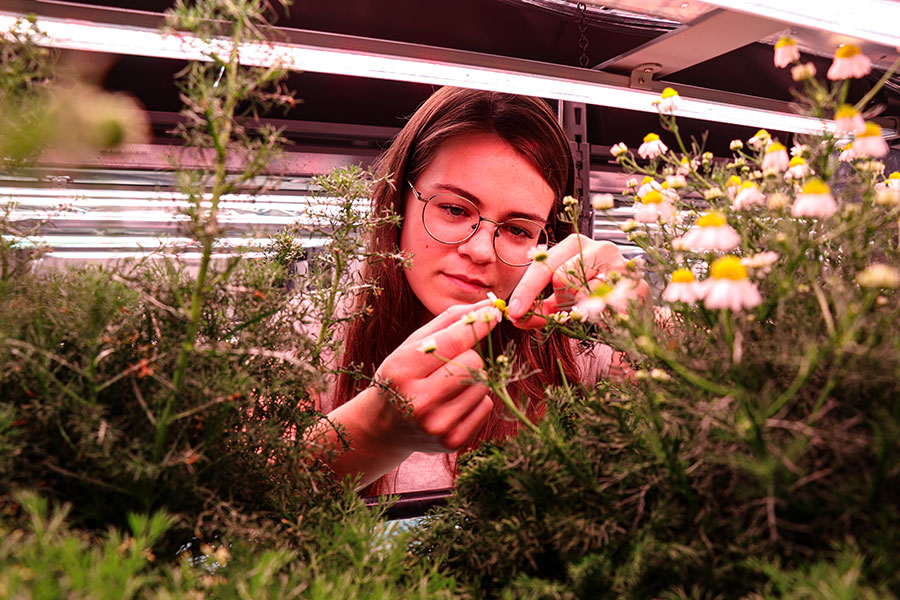
Georgia gardeners will find the most success transplanting trees in the cooler seasons. But anywhere a tree or shrub dies within the first year of planting, there is usually a root issue involved.
Spring-planted trees and shrubs are generally more stressed from summer heat because their roots are still underdeveloped during the first year. This results in excessive wilting, which causes well-intentioned gardeners to literally water their plants to death.
Fall- and winter-planted trees and shrubs can more quickly become established in their new environment while they are dormant, giving them far more resilience during their first summer. Even with proper timing and planting technique, woody plants may still take a few years to fully establish and recover from transplant stresses.
Chronic transplant shock
Spring plantings are also more likely to suffer from chronic transplant shock. Under stressful conditions, plants are unable to recover, continue to decline and eventually die. The most common reasons for transplant shock and root stress are planting too deep, poor drainage, backfilling with composted soil amendments, damaging the stem/root ball connection during planting or excessive watering.
It is possible that a combination of these issues may be involved, especially with the amount and frequency of rain we’ve had the past few years in the northern part of the state.
From my experience in Bartow County, it seems that many problems related to transplant shock are the result of old habits and misinformation.
Planting in clay soil
Many folks that are new to north Georgia don’t know what to do with our clay soil. If you are a human “transplant” from Florida, south Georgia or the West Coast, how you plant trees and shrubs in those regions is very different than here. Clay soils function differently than sandy/loamy soils found elsewhere. Clay has the ability to hold water for several days, drains very slowly and has less oxygen available to roots — especially if compacted.
These unique traits of clay soil are the reason why we don’t recommend backfilling with composted soil amendments, which can act like a sponge in a bowl — staying either too wet or too dry and disrupting normal drainage. Water tends to accumulate at the bottom of the bowl and results in root rot.
It’s also best to allow trees and shrubs to breathe a few days between watering. One inch of rain or irrigation can take several days to fully drain from clay soil, and roots can literally suffocate from watering too frequently. Planting roots too deeply will make problems worse in clay soil due to poor drainage. The root flare at the base of the stem should always be visible or slightly above grade in clay soil.
Dealing with shock after it happens
Unfortunately, root stresses do not have a good remedy. Mulch is an important part of planting and caring for landscape trees and shrubs. Maintain a 2- to 3-inch mulch layer of pine straw or wood chips to conserve soil moisture. Dead branches that result from transplant shock should be pruned out as needed. Note that adding fertilizer can actually stress new plants further by forcing new growth that the roots are not yet able to sustain.
In most situations, it is best to replace the plant once you experience more than 50% dieback. Also, realize that even if a plant “survives” transplant shock, it will continue to be stunted or stressed for several years and may never reach its fullest potential, If you do decide to replace the plant, wait until fall or early winter, the best time to plant.
For more information on transplanting ornamentals, see University of Georgia Cooperative Extension Bulletin 932, “Soil Preparation and Planting Procedures for Ornamental Plants in the Landscape," or contact your local Extension office.






